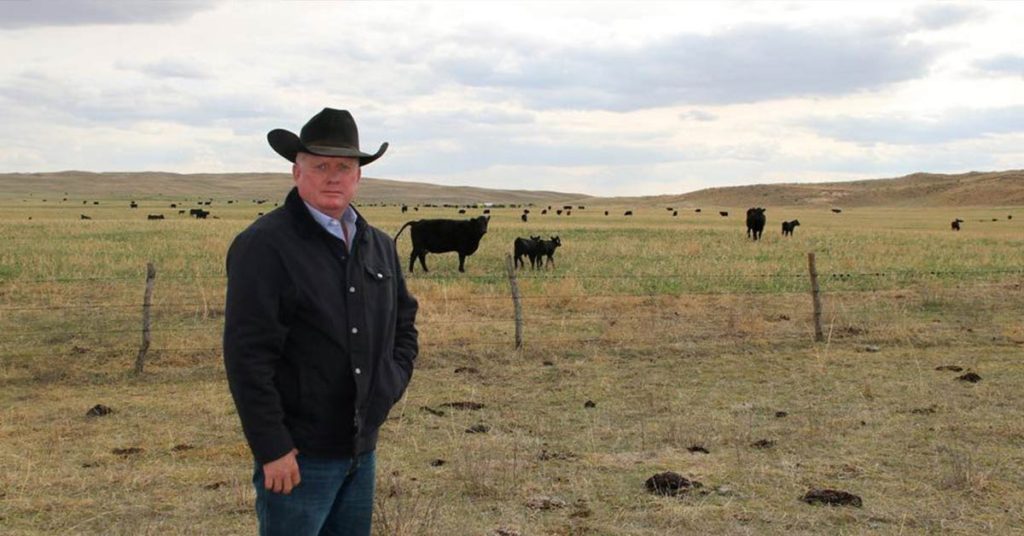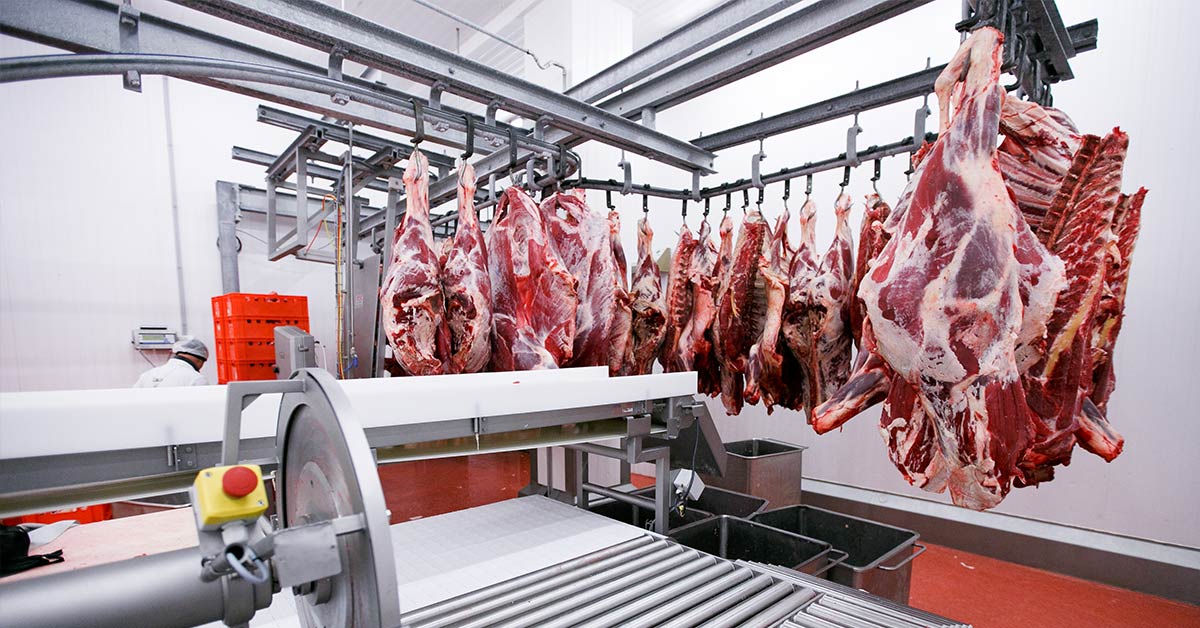Rusty Kemp is one of the many ranchers who complained about the poor prices for their cattle. Even as prices of meat at grocery stores increase, the ranchers see no higher profits. Kemp and his Nebrakan neighbors blame the consolation in the beef industry where four companies have slaughtered over 80% of cattle in the United States since the 1970s. As a result, the companies monopolized the prices while the ranchers struggled to make ends meet. In fact, ranchers’ and farmers’ share of every dollar paid for food dropped from 35 cents in the 70s to 14 cents today.
Enough was enough, so Kemp drew a plan for ranchers to build their own meat plant. They’d need about $300 million then they could make their own prices. “We’ve been complaining about it for 30 years,” Kemp said. “It’s probably time somebody does something about it.” [1]
The New Meat Plant Built By Ranchers
The construction for the Sustainable Beef plant will begin this fall. It will span nearly 400 acres near North Platte, Nebraska. This plant is causing similar movements starting in Wisconsin, Idaho, and Iowa. But this plant will show whether it’s really possible to financially compete against the meat industry. Fortunately, the U.S. Department of Agriculture is working in their favor. The department has been taking steps to encourage more diversity in suppling beef in the industry.

Nevertheless, this is a true David and Goliath situation. The Sustainable Beef plant’s competitors are well-financed with highly efficient plants. Above all, they could sell beef at lower prices than smaller companies find difficult to match. So is it possible that smaller plants could pay ranchers more while still making good enough profit to stay in business?
An average 1,370-pound steer is worth about $1,630. However, that cost is divided between the slaughterhouse, the feedlot, and the rancher who raises the animal for more than a year, racking up even more costs themselves.
David Briggs, the CEO of Sustainable Beef, understands the difficulty the company is facing. However, the investors are confident in the project. “Cattle people are risk-takers and they’re ready to take a risk.“
The Consolidation of the Meat Industry
The meat industry’s consolidation started in the 1970s as larger companies bought out and merged smaller companies into large plants. Census data from the USDA states that livestock slaughter plants went from 2,590 in 1977 to 1,387 in 1992. Additionally, large processors when from handling 12% of all U.S. cattle in 1977 to 65% by 1997. Today, Cargill, JBS, Tyson Foods, and National Beef Packing are the four companies that dominate 80% of the meat market. All of this production takes place in 24 plants. These concentrated work conditions became problematic when the pandemic hit, leading to infected workers and even the closing of some plants.
Meanwhile, from December 2020 to August of this year, there was a 14% increase in beef prices. The Biden administration has blamed the limited competition for this. However, this increase largely profits the processors while the ranchers see very little raises.
The new plants built by ranchers do not hope to replace the conglomerates’ plants. For instance, the JBS plant in Grand Island, Nebraska, processes about 6,000 cattle a day. Instead, they hope to have other advantages, such as modern equipment and less employee turnover because of slightly higher pay of over $50,00 a year plus benefits and better work schedules. The new plants are also hoping to cultivate closer relationships with the ranchers and encourage them to invest in the plants. Plus, they can market their meat as being of higher quality.
As Chad Tentinger, who is working to build a Cattlemen’s Heritage plant near Council Bluffs, Iowa, said, “Now, we want to revolutionize the plant and make it an attractive place to work.” They hope their success will lead to more plants, creating a more open cattle market.
“Trying to carve out a small niche”
However, their biggest disadvantage is their increased prices compared to their largest competitors. Derrell Peel, an agricultural economist at Oklahoma State University, stated that research shows that even a 30% reduction in a meat plant’s size causes it to be less efficient, which makes each slaughter more expensive. “We have these very large plants because they’re extremely efficient,” Peel said. The new plants will need to find customers willing to pay more for their products, manage with a lower profit margin, or find another way to lower their expenses.
Meanwhile, the USDA has dedicated $650 million toward smaller meat and poultry plants and $100 million to loan guarantees for these plants. Plus, there will be new rules for meat labeling for beef raised in the U.S. to differentiate from international products.
“We’re trying to support new investment and policies that are going to diversify and address that underlying problem of concentration,” said Andy Green, a USDA senior adviser for fair and competitive markets.
“At the end of the day, we’re just trying to carve out a small niche,” said Kemp. “We’re going to be a quarter the size of these big plants. And this is a producer owned facility… by agricultural families. We’re just trying to keep some of this money in rural America.” [2]
Keep Reading: Why Independent Farming in America Is Close to Extinction
Sources
- “Unhappy with prices, ranchers look to build own meat plants.” ABC. Scott McFetridge. October 16, 2021
- “Ranchers begin effort to build meat plants amid feud with meat packers.” Yahoo News. October 18, 2021

